Description
Chinese Chestnut (Castanea mollissima) trees are native to Asia and were brought here to replace or to hybridize with the American chestnut. The American Chestnut was once so common that it was said a squirrel could travel on chestnut trees from Massachusetts to Ohio without touching the ground. About 1900 a few logs infected with the chestnut blight, a fungus, were shipped in from Japan and within 40 years the tree was almost totally wiped out. A few large American Chestnuts survived in upper Michigan as we are out of the native range. I have 3 – 30′ specimens that are doing well so far!!! Now concerning Chinese chestnuts, these will survive the blight, as far as I know there has not yet been any American chestnut that in the long run has survived where the blight is prevalent.
Chinese chestnut matures at about 35′, my 20 year old trees are approaching 20′ and are producing heavily. The trees tend to bush out rather than grow upright when grown with ample room in full sunlight. The leaves are simple, serrated, alternate, about 4-6″ long, 2-3″ wide and similar to American but shorter. The leaf top is dark green, underleaf is pale and somewhat hairy. The fall color is a copper, bronze look similar to beech and the leaves hang on the tree for quite a while. The flowers are produced in catkins, attractive, fragrant, yellow to pale white, in a panicle in late June here in the north. The fruit is encapsulated in a very prickly ball that splits when mature (late September here in Northern Michigan). The nuts are a deep brown with some cream color near the tips, very edible and most years one would be very lucky to beat the deer and turkeys to nut fest. We like to collect the nuts, rinse them and microwave them for a few seconds which helps peel the skin off. We then eat them raw. Chinese chestnut trees prefer good soil, well drained, acidy, loamy soil. Once established can withstand moderate drought. Careful pruning as one would for fruit trees will help prevent splitting of the branched where forked or it can be trained to one trunk.
The blight will affect these trees but not in a serious way. Twig canker, powdery mildew and leaf spot are moderate problems.
The flowers can be considered a bit stinky to some!

